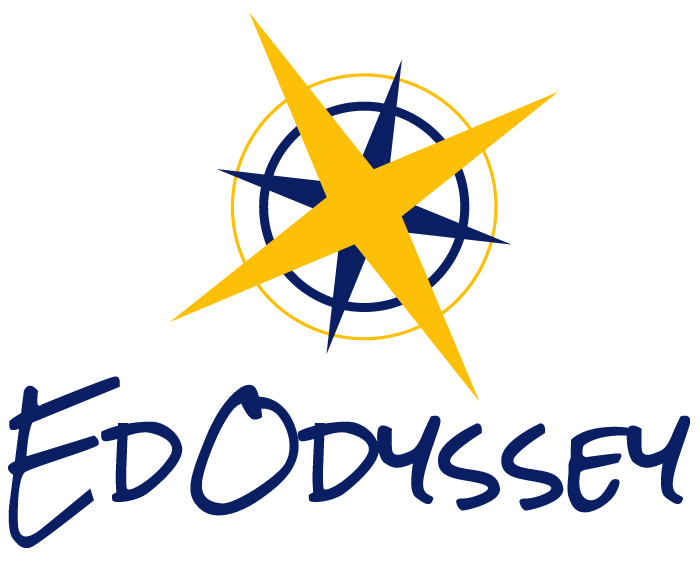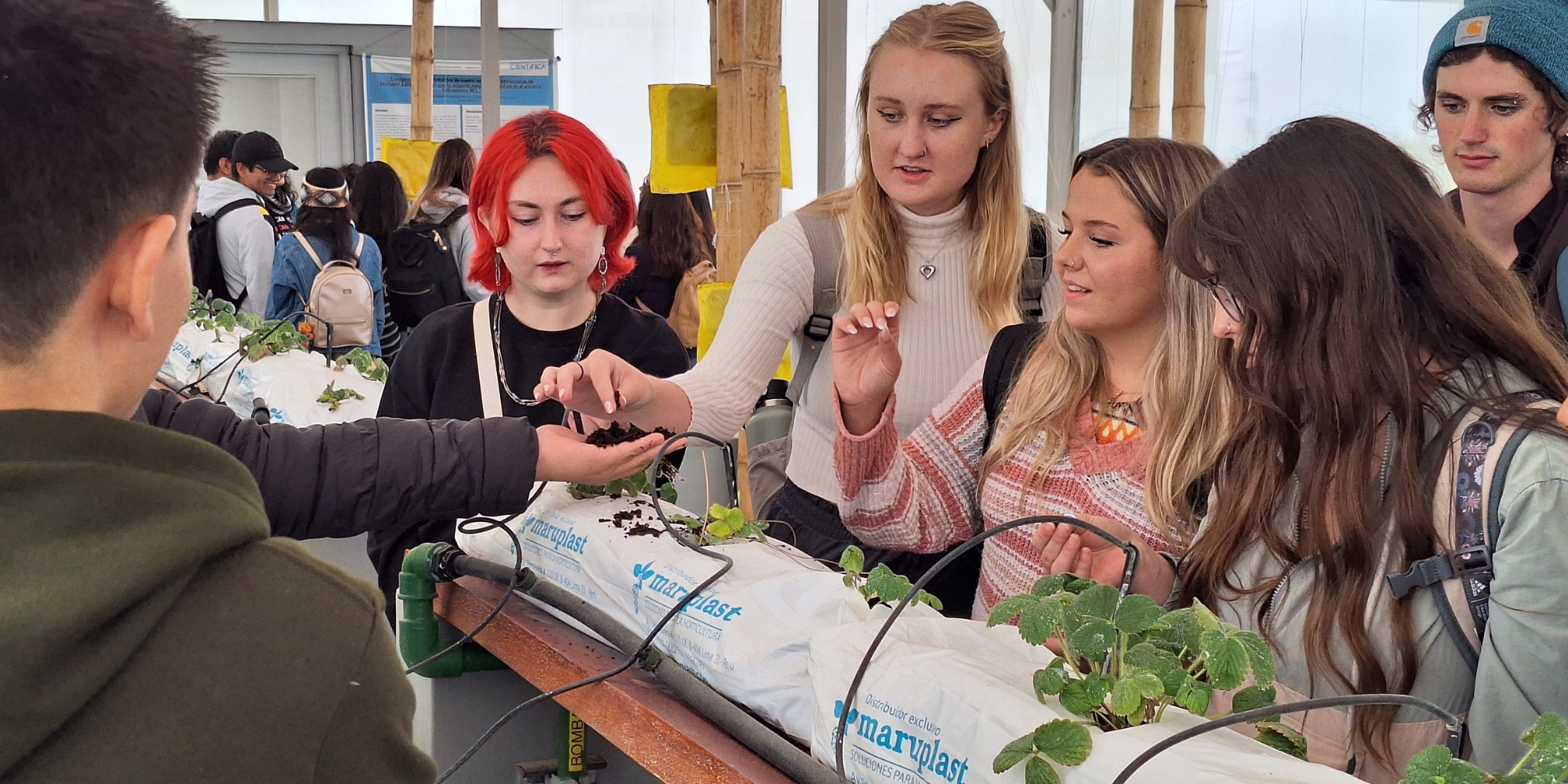7 Tips to Maximize Learning on a Custom Educational Travel Program
The beauty of student travel—of moving teaching and learning beyond the constraints of a traditional classroom setting—is that there is novelty in every situation. Students are not fidgeting behind a desk all day. They’re out experiencing the real world. They’re having conversations with people who likely come from very different backgrounds. Everything is new to them: the view from their bedroom window, the distinct sound of an ambulance rushing past, the taste of a national dish, the smell of the subway as you navigate a city together...
Students explore academic topics similar to those they would have in a classroom—but in a completely different light. With their focus shifted to experiential learning, environmental and sensory cues attach to memories and nuggets of knowledge making recall more likely and giving students a powerful and fresh perspective on how “learning” actually happens. In fact, according to the Institute of International Education, students who participate in study abroad programs often return with improved academic performance. The immersive experiences they’re having help to deepen their understanding of course material in ways that traditional classroom settings cannot.
While traveling, you’ll have specific academic goals for your students to achieve. As a faculty leader, you play an important role in navigating, maintaining focus, and helping students stay the course. Approaching academics and the environment around you with intentionality and a solid yet flexible plan supports students in achieving their academic objectives in unfamiliar environments where there can be quite a few distractions.
Here are seven tips to maximize learning while traveling on a custom program:
Set out with clear objectives. Even though you’re outside of a classroom, students will benefit from a syllabus and clear learning objectives. These create a framework that will guide their experiences. Students should be clear on what they are expected to achieve academically during the trip and how each activity will contribute to what they are learning. A syllabus can include daily or weekly goals along with any readings, assignments, or journal prompts that bridge the experiential learning activities with the academic material.
Adapt to your environment. Travel can be unpredictable; perhaps a bus breaks down, a restaurant is closed for an emergency, or someone is feeling unwell. Model to your students the importance of flexibility, adaptability, and open-mindedness should the need to change plans arise. Equally, be prepared to grasp unexpected learning opportunities! You may stumble on a festival that could be used as a case study, come in contact with someone who makes a recommendation you hadn’t considered before, or your students may express interest in an aspect of the culture that perhaps wasn’t included in the original itinerary but would benefit the group to explore further.
Focus on collaborative learning. To not only deepen understanding of the subject matter but develop skills in teamwork, leadership, and problem-solving, lean into group projects, peer-to-peer learning, and discussions that pull in the individual experiences and observations from what is potentially a diverse cohort of students. Encourage students to focus on understanding real-world challenges in your host country and applying knowledge they’ve learned in practical contexts together.
Work with local resources and experts. We’re proud of our network of local connections in each of our host countries—often relationships we’ve built up over many years. Our local partners and friends have an incredible wealth of knowledge and insight that they will share with your students through conversations, demonstrations, and hands-on activities and workshops. These are the people who bring a real sense of authenticity to EdOdyssey’s programs and take learning to a deeper level. Each location also has a wonderful body of resources that we will draw on—from museums to historical sites to cultural institutions and more—depending on the academic topic of your course.
Prioritize active participation. Students should be encouraged to actively participate every step of the way, whether that’s in the form of commenting during class discussions, contributing to a communal blog, chopping veggies during a cooking workshop, navigating the process of buying a bus ticket, or interacting with members of the local community. There’s nothing that reinforces learning more deeply than active participation. On our programs, we incorporate many opportunities for students to engage directly with local people and places which can give them a sense of personal connection with the academic material they’re learning while making the learning process itself a lot more fun than it would be with just a textbook.
Incorporate time for reflection. One idea we’ve seen our faculty leaders employ with much success is to keep a group blog to which each student, along with the faculty leader, contributes regularly during the trip. Journaling is scientifically proven to improve memory. It can help students process their thoughts and experiences and further engrain in their minds what they’ve learned each day. Beyond journaling, a daily reflective group discussion can also be beneficial as students will have a safe space to bring up their observations, concerns, questions, and reflections while they dig deeper into each experience by bringing their thoughts together.
Recognize teachable moments beyond academics. Each day, there will be teachable moments that might not relate directly to your course material. When we’re traveling, there’s always something to learn. Make a mental note of these moments when you observe students zero in on something they find interesting and bring them up in conversation later. This could be anything from a piece of political graffiti a student spotted on a walk in Rome to uncertain feelings that might arise in students around the cultural practice of eating guinea pig in Peru to their reactions to the tradition of removing shoes indoors in Japan, and beyond.
As Benjamin Franklin once said, “Tell me and I forget. Teach me and I remember. Involve me and I learn.”
Embrace the power of experiential learning and the novelty of travel, and you’ll give your students the gift of memories and knowledge they won’t soon forget.



